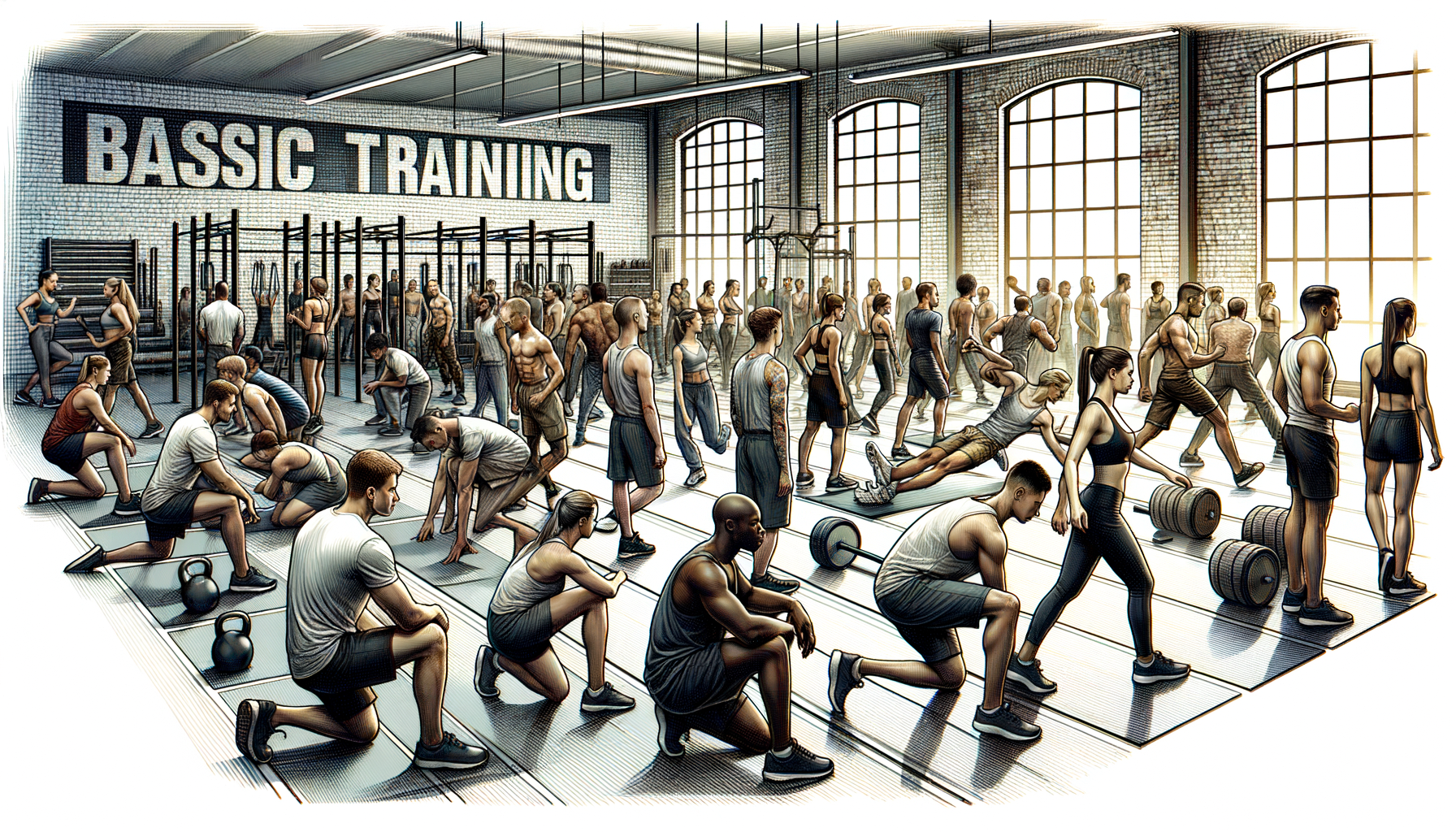Falconry Training Essentials
- Safety First: Always prioritize the safety of both the bird and the handler.
- Bird Selection: Choose the right bird based on your experience level; beginners often start with Kestrels or Harris Hawks.
- Essential Gear: Invest in quality equipment like gloves, leashes, and perches to ensure proper handling.
- Understanding Behavior: Learn to read and understand your bird’s body language and needs.
- Basic Commands: Teach your bird simple commands using reward-based training.
- Regular Practice: Consistency is key; practice handling and flying your bird regularly.
- Health Checkups: Ensure your bird gets regular health check-ups from a qualified vet.
- Weather Considerations: Be mindful of weather conditions; avoid training in extreme heat or cold.
- Legal Requirements: Familiarize yourself with local regulations and obtain necessary permits.
- Join a Community: Engage with other falconers to share knowledge and experiences.
Unlocking the Secrets of Basic Falconry Training: Your First Step Toward Soaring High
Imagine you’re out wandering the lush, green hills of Ireland. You see a task that at first glance might look simple’like crossing a stone bridge over a gentle stream. But take a closer look, and you’ll notice that each stone is meticulously placed, each step carefully planned. This is exactly what basic falconry training is all about.
At Learn Falconry, we understand that embarking on this journey can feel like stepping onto that very Irish bridge for the first time. It’s filled with excitement, a touch of mystery, and a big dose of responsibility. Our mission is to guide you every step of the way, ensuring each stone you set is strong and purposeful.
In this article, we’ll break down why basic training is the keystone for anyone looking to master the art of falconry. From understanding the unique bond between you and your bird to learning the essential skills required to ensure both your safety and your falcon’s well-being, we’ve got it all covered. Ready to take flight? Keep reading, and let’s build this bridge to your falconry dreams together!
Beginner Falcon Training: A Step-by-Step Guide
Welcome to the world of falconry! If you’re new to this ancient and fascinating sport, this guide will introduce you to basic falcon training, helping you get started on the right foot. Falconry, the art of training falcons to hunt wild game, has a rich history and many intricate techniques. Let’s dive into the essentials of beginner falcon training and explore some fundamental methods.
Understanding Falconry Equipment
Before you start training, it’s crucial to understand the equipment you’ll need. Falcons require specific gear to ensure their safety and effective training. This includes hoods, gloves, jesses, leashes, perches, and bells. Each piece of equipment serves a unique purpose. For more detailed information, visit Falconry Equipment and explore the various items you will use in basic falcon training.
Getting to Know Your Falcon
Familiarizing yourself with different species of falcons is essential. Each species has unique characteristics that can impact training. For beginners, understanding these differences will help you choose the right bird. Learn more about various species such as Peregrine Falcons, Gyrfalcons, and American Kestrels by visiting Species of Falcons.
Basic Falcon Training Techniques
Starting with basic falcon training involves learning some fundamental techniques. A common method is called “manning,” which is getting the falcon accustomed to human presence. This includes holding the bird, feeding it from your hand, and allowing it to perch on your glove. For more detailed instruction, explore Basic Training Techniques to get a solid understanding of these foundational practices.
Positive Reinforcement
Positive reinforcement is a core principle of falcon training basics. It involves rewarding your falcon for desired behaviors to encourage repetition. Food rewards, such as small pieces of meat, are often used. This method helps to build trust and reinforce commands. For comprehensive tips, see Positive Reinforcement Techniques.
Teaching the First Commands
One of the first commands you will teach is “recall,” which involves calling your falcon back to you. Using consistency and patience, you can train your falcon to return on command, starting with short distances and gradually increasing. Additional insights can be found in Recall Training, which provides detailed steps to perfect this essential skill.
Health and Nutrition
Proper nutrition is vital for the health and training of your falcon. Understanding what to feed your bird and how to maintain its health is crucial. Poor health can significantly impact training progress. Learn more about providing a balanced diet and other health tips by visiting Falcon Health and Nutrition.
Overcoming Challenges
Training a falcon is not without its challenges. Beginners often face common issues such as reluctance to wear equipment, fear of flying, or lack of response to commands. Patience and persistence are key. For advice on handling these difficulties, Overcoming Training Challenges offers practical solutions to common problems.
By following these basic falcon training guidelines, you’ll set a strong foundation for a successful and rewarding falconry journey. For more detailed resources and advanced tips, continue exploring our comprehensive guides at Learn Falconry.
Remember to always consult experienced falconers or seek mentorship to ensure the best care and training for your falcon.
Key Points About Basic Falcon Training in 2024
Falconry License Requirements
To start your journey in falconry, you need to obtain a falconry license. Here’s a breakdown of what you need:
- Cost: $40
- Validity: 5 years
- Levels: There are three license levels – Apprentice, General, and Master – each with specific age, experience, and bird handling requirements.
Apprentice Falconry
- Examination: Aspiring apprentice falconers must pass an exam with a score of 80% or higher.
- Hunting License: You need a current year hunting license.
- Application: Complete the necessary application form and submit required documents.
General Falconry
- Experience: You must have at least 2 years of experience as an apprentice falconer.
- Age: Must be 18 years old or older.
- Hunting License: A current year hunting license is mandatory.
Master Falconry
- Experience: At least 5 years as a general falconer.
- Age: Must be 18 years old or older.
- Hunting License: Again, a current year hunting license is necessary.
Falconry Training Essentials
- Housing and Equipment: Falconers must set up special housing (mews) and have the right equipment like leather gloves, scales, perches, bath pans, and leashes.
- Inspections and Record-Keeping: Facilities and equipment need state Fish and Wildlife officer inspections, and falconers must keep detailed records of their experience.
Weight Management
Monitoring the weight of falcons is crucial. Optimal weight ensures the bird is in the best condition for training and performance. Trainers track weight fluctuations and adjust feeding and exercise routines accordingly.
| Type of Workout | Purpose |
|---|---|
| Endurance (ES) | Enhances stamina and durability |
| High-altitude (HY) | Boosts high-altitude flying ability |
| Resistance (RE) | Builds muscle and strength |
Flight Performance Metrics
Training is geared toward improving specific aspects like speed, distance, and altitude. Here’s how:
- Speed: Tracked with GPS for real-time data.
- Distance: Monitored to ensure the bird can cover longer distances effectively.
- Altitude: Measured to enhance high-altitude flying ability.
Training Duration
Falcon training duration varies:
- Typical Regimen: Several weeks to months, depending on the bird’s species and training goals.
Goal of Falcon Training
The main objectives of falcon training are:
- Increase Speed: Making the bird fly faster.
- Enhance Distance: Ensuring the bird can cover longer distances.
- Boost Altitude: Improving high-altitude flight capabilities.
- Overall Endurance: Strengthening the bird’s stamina for prolonged flights.
By understanding these key aspects, you can better prepare for a rewarding journey into the world of falconry, armed with the knowledge and dedication to excel.
Mastering the Art of Falconry in 2024
Falconry is an incredible journey that involves dedication, commitment, and a passion for working with magnificent birds of prey. To start on this path, one must understand the structured training process and the various requirements at different levels: Apprentice, General, and Master.
First, acquiring a falconry license is essential. The cost is $40, and it lasts for five years, with specific requirements for each level. For example, an Apprentice falconer needs to pass an exam with a score of 80% or higher and have an active hunting license. As you progress, more experience, training, and age requirements come into play, especially at the Master level.
A crucial part of the journey involves securing a proper home for your bird, called a mews, and having all the necessary equipment like a leather glove, perches, scales, and more. These items must meet specific standards and be approved by official inspections.
Falconry training itself emphasizes maintaining and improving the bird’s physical condition through various exercises and weight management. Monitoring tools like GPS devices help track the bird’s progress in flight performance, ensuring optimal results.
Becoming a falconer takes time and dedication. Starting as young as 14 in some places, like Florida, potential falconers must invest time in studies and practical experience to succeed in this intricate and rewarding hobby.
By following these guidelines and committing to the process, anyone can master the art of falconry and build a meaningful connection with their raptors. Enjoy the journey, and may your falconry adventure be filled with awe and respect for these majestic birds.



